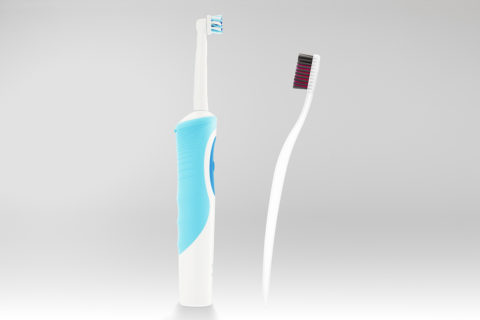Can Kids Get Gum Disease?
Can kids get gum disease? Good question. The short answer is “yes,” but we’ll dive into a little more detail here. First, we’ll take a quick look at what healthy gums are and what they do, and that will help us get an idea of what your kid’s dentist means when he talks about gum disease or unhealthy gums. Then, we’ll take a look at how gum disease shows up in children and how it’s treated.
Gums help hold teeth in place and protect the sensitive roots and nerves in the teeth. Gums also cover and protect parts of the jawbones. Healthy gums are firm and pink, and they wrap tightly around the base of each tooth. When gums become infected because of prolonged exposure to bacteria (most often caused by poor brushing and oral health habits), they often begin to show symptoms like swelling, redness, bleeding, and sensitivity.
A mild form of gum disease called gingivitis is fairly common in children. It’s usually accompanied by a build-up of plaque and includes some of the symptoms mentioned above. In a more advanced infection, called periodontitis, the gums begin to pull away from the teeth. Space between the gums and the teeth allows pockets of food and bacteria to gather under the gumline, forming plaque and tartar and leading to chronic bad breath, painful chewing problems, loose teeth, tooth decay, gum recession, and if left untreated, tooth loss.
Treatment for gum disease can be surgical or non-surgical depending on your kid’s age and medical history, the progression, and severity of the damage, and other factors. Sometimes even a thorough cleaning can address mild gingivitis, but in a more advanced case, other procedures such as root scaling or regenerative treatments could be necessary. Regardless of the treatment method, the most important step towards healing and maintaining gum health is consistent brushing and flossing. Those little health habits really do make a difference!
(P.S. Interestingly enough, it’s quite possible to have gum disease, but not experience pain or any of the telltale symptoms. That’s one reason why it’s important to keep up with regular cleaning appointments. The dentist helps keep an eye on your child’s gum health as well as their teeth.)


